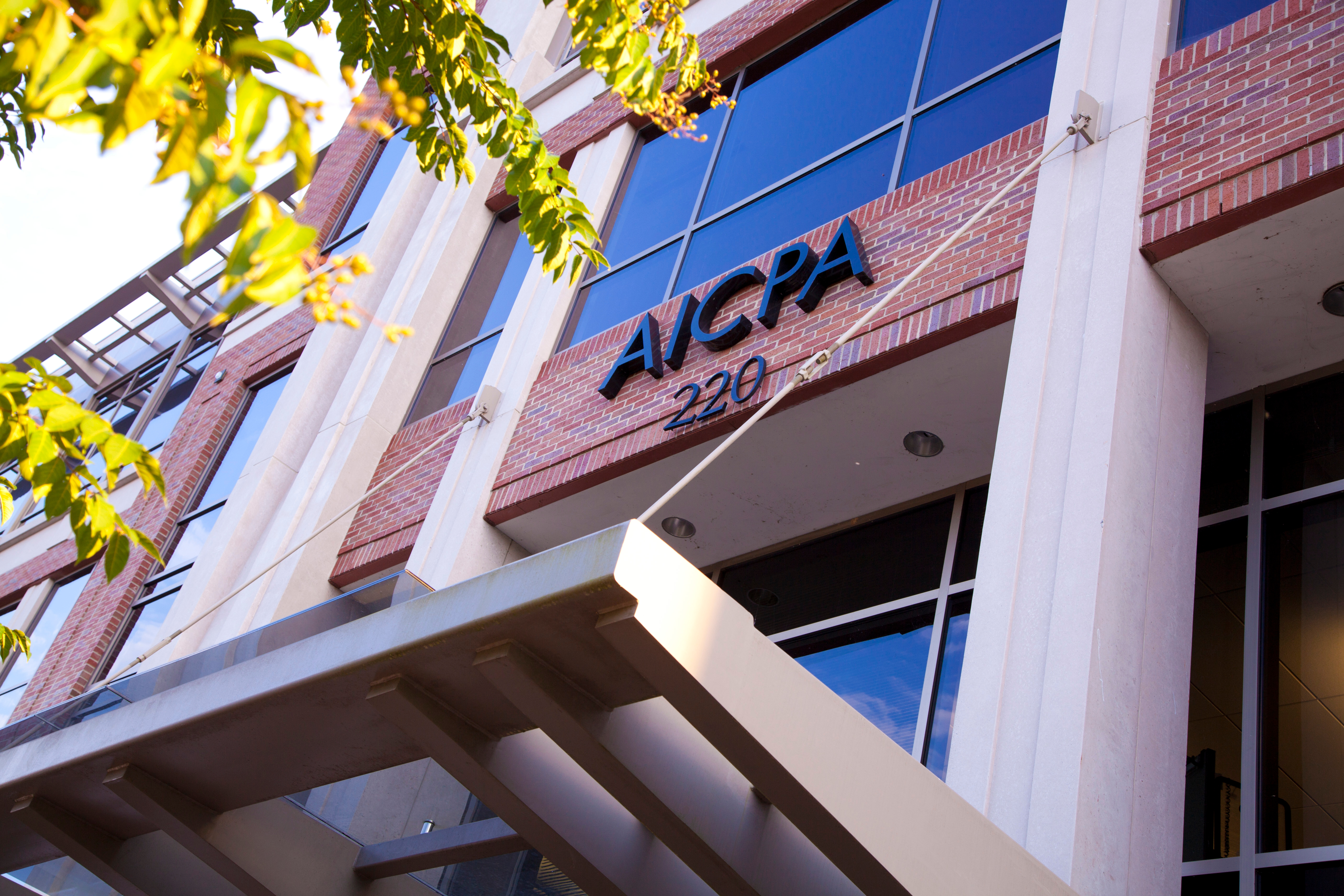The American Institute of CPAs has released some guidance on how to account for forgivable loans under the Small Business Administration’s Paycheck Protection Program.
The PPP was included as part of the CARES Act that Congress passed at the end of March and provides SBA-backed loans to businesses to help them deal with the fallout from the COVID-19 pandemic and encourage them to retain their employees. The loans are forgivable if businesses keep their employees on the payroll for eight weeks. But the criteria and eligibility for the program and the loan forgiveness terms have been changing constantly. Congress passed changes to the program last week to give businesses more flexibility to use the funds, extending the period for when the loans must be used from eight weeks to 24 weeks or the end of the year, whichever comes first, and giving businesses up to five years instead of two to repay the loans (see story).
Businesses are also now allowed to spend more of the loans on other expenses like rent, instead of strictly payroll, lowering the threshold from 75 percent to 60 percent for partial loan forgiveness.
On Monday, the Treasury and the SBA issued a statement clarifying that if less than 60 percent is spent on payroll costs, the business can still qualify for partial loan forgiveness and that the final date on which a PPP loan application can be approved is June 30. The program was initially greeted with so much demand that the initial $349 billion quickly ran out within days, so Congress had to approve an additional $320 billion at the end of April. However, there has been so much uncertainty and controversy in the program that the $320 billion still hasn’t been used up yet.
The AICPA hopes to clear up some of the confusion, at least about the accounting for the loan forgiveness, by posting a two-page set of questions and answers.
The document, How should a nongovernmental entity account for a forgivable loan received under the Small Business Administration Paycheck Protection Program?, explains, for example, that while the legal form of the PPP loan is debt, some believe that the loan is, in substance, a government grant. If a nongovernmental entity that isn’t a nonprofit (that is, it’s a for-profit business) expects to meet the PPP’s eligibility criteria and concludes that the PPP loan represents, in substance, a grant that is expected to be forgiven, it may analogize to the International Accounting Standards Board’s IAS 20 standard to account for the PPP loan as a form of government assistance. There isn’t a comparable standard in U.S. GAAP.